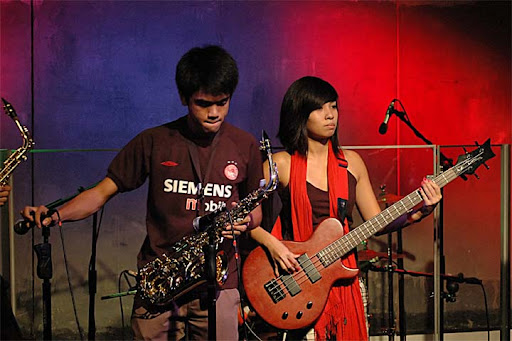 Алан Фридман - Alan Fridman фотографирует не*о из своего двора в городе Баффало, штат Нью-Йорк.Для небесной съемки галактики, туманности и далекиe звездные скопления недоступны из-за городского света.А Солнце – очень даже различимый и доступный объект в чистом прозрачном небе.Фридман подключил к своему телескопу альфа-водородный фильтр, который выбирает маленький кусочек видимого спектра.Водород, это главный компонент Солнца, имеет очень сильное излучение в темно-красном свете, и позволяет отобразить внешние слои и вспышки, распространяющиеся от солнечного диска резко и полностью.Фильтр обошелся Фридману в 5000 долларов.
Алан Фридман - Alan Fridman фотографирует не*о из своего двора в городе Баффало, штат Нью-Йорк.Для небесной съемки галактики, туманности и далекиe звездные скопления недоступны из-за городского света.А Солнце – очень даже различимый и доступный объект в чистом прозрачном небе.Фридман подключил к своему телескопу альфа-водородный фильтр, который выбирает маленький кусочек видимого спектра.Водород, это главный компонент Солнца, имеет очень сильное излучение в темно-красном свете, и позволяет отобразить внешние слои и вспышки, распространяющиеся от солнечного диска резко и полностью.Фильтр обошелся Фридману в 5000 долларов.Свой телескоп он называет - Маленький большой человек - потому что, имея не*ольшой размер, он обладает большими способностями.Объектив телескопа имеет диаметр 3,5 дюйма это примерно 9 см.Фридман не делал отдельных снимков, он снял 90 секунд видео и выбрал только четкие удачные кадры.Вся экспозиция зафиксировала около 900 кадров, но вот после отбора фотограф оставил лишь 200 лучших.В двух снятых 90-секундных видеороликах,фотограф приблизил край солнечного диска,длятого чтобыснять струйки газа, извивающиеся вдоль петель магнитного поля Солнца, а также пятна и полные всплески атмосферы Солнца.Послеэтого он инвертировал изображение, и сделал все темные пятна светлыми и наоборот.Обычно, фотографы снимающие Солнце, так никогда не делают,уверяет Фридман, но именно это дает более достоверное ощущение Солнца.
Камера Фридмана снимает в черно-белом цвете, он сам добавил в фотографии некоторые цвета.Вообще он старается сохранить свои астрофотографии достоверными и правдоподобнымидля науки,но иногдапозволяет немного вольностей с выбором цвета."Это изображение специально для грядущего праздника Хеллоуин" говорит автор."Солнце не может быть никакого другого цвета, кроме оранжевого".Журнал Wired.
Alan Fridman shoots the sky from his backyard in downtown Buffalo, New York.That means the usual celestial candidates galaxies, nebulae, distant star clusters are washed out by the glow of the city.But the sun is fair game, as long as the sky is clear and turbulence-free.
“I don’t care about sky glow at all,” Friedman said.“I just need atmospheric steadiness.” On Oct.20, Friedman hooked his telescope to a hydrogen-alpha filter, which selects a tiny slice of the visible light spectrum.Hydrogen, the chief component of the sun, radiates strongly in this deep-red light, letting both the sun’s outer layers and the feathery filaments that extend away from the disk show up in sharp detail - see photos below.
Until a few years ago, Friedman says, this kind of filter was only available for research-grade telescopes.They’re still not cheap he got his for around $5,000.Friedman’s telescope, which he calls Little Big Man, is small but mighty.The light-collecting aperture is about 3.5 inches wide.
Instead of just snapping a photo, Friedman took 90 seconds of streaming video and selected only the sharpest frames.Each exposure captures about 900 frames, but Friedman threw all but 200 of them away.In two separate 90-second videos, Friedman zoomed in on the edge of the solar disk to capture wisps of gas arcing along loops of the sun’s magnetic field, plus sunspots and the detailed churning of the sun’s atmosphere.
Комментариев нет:
Отправить комментарий